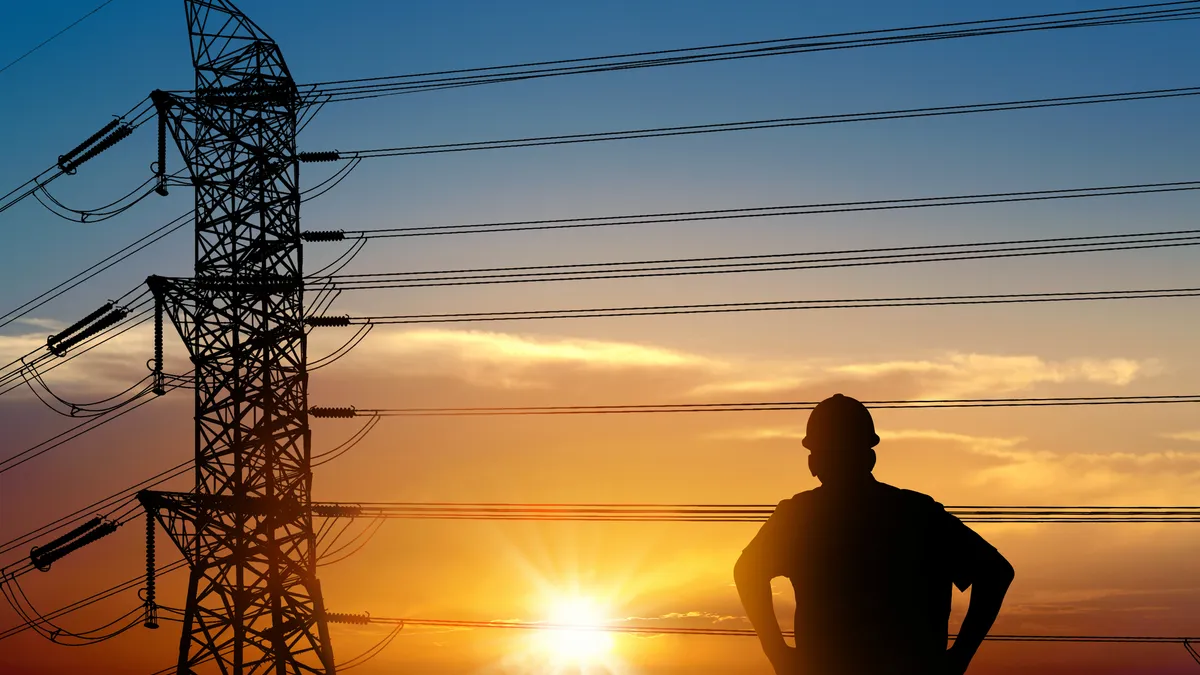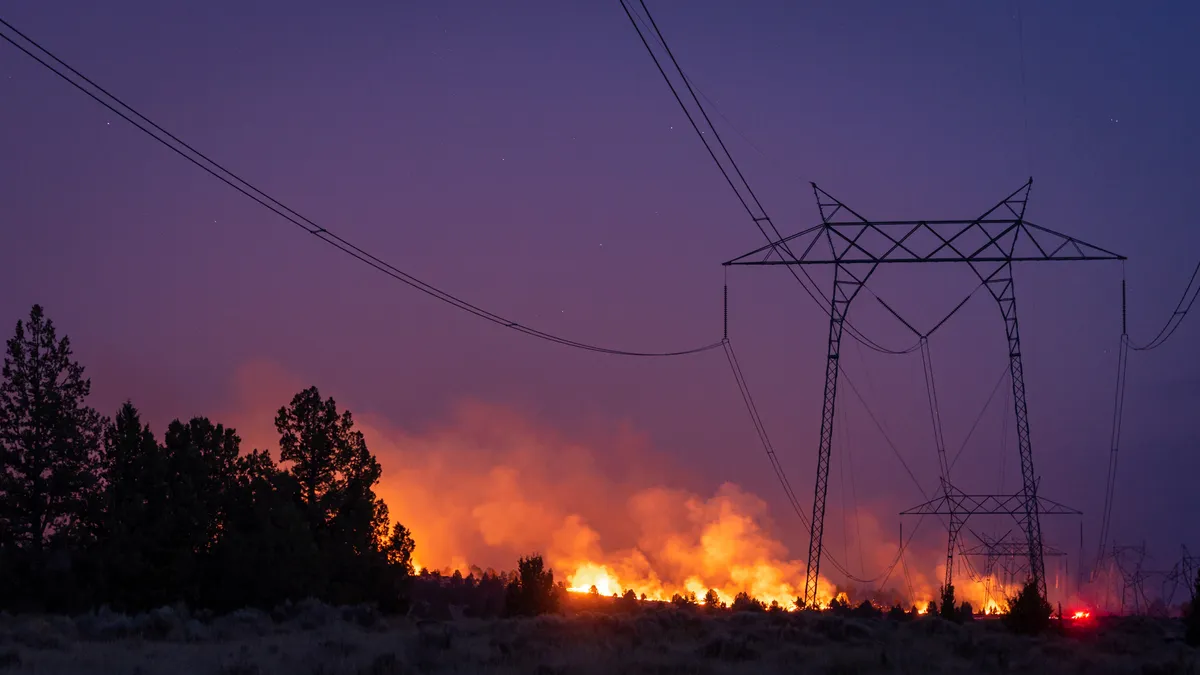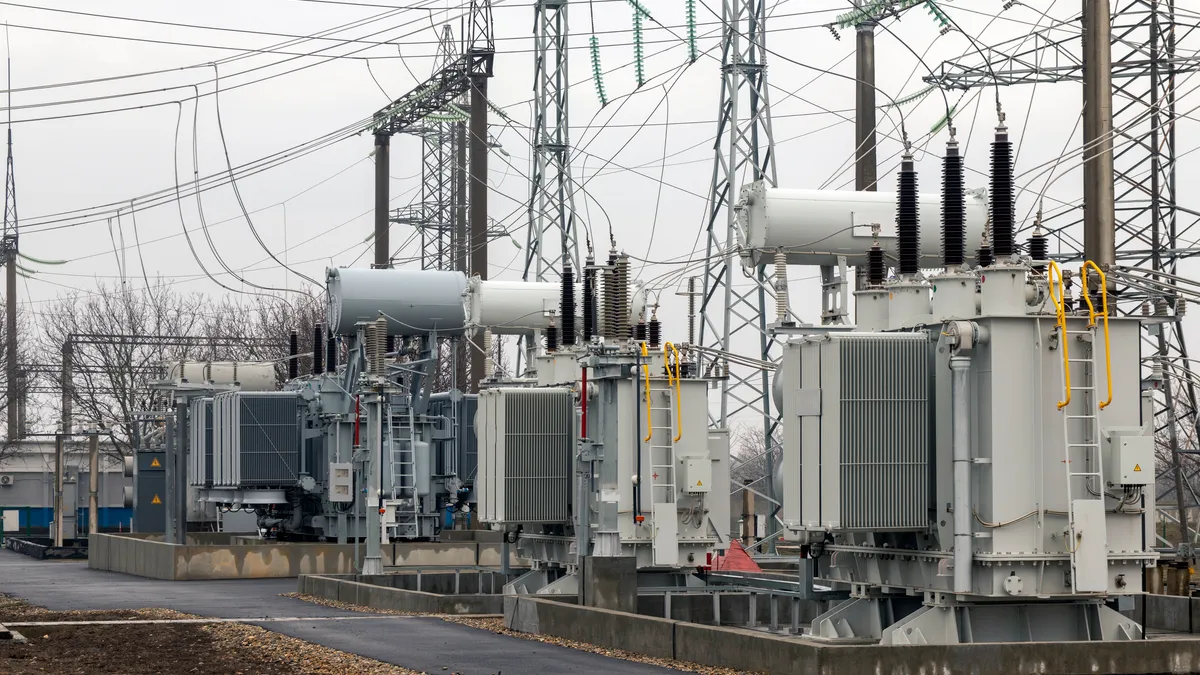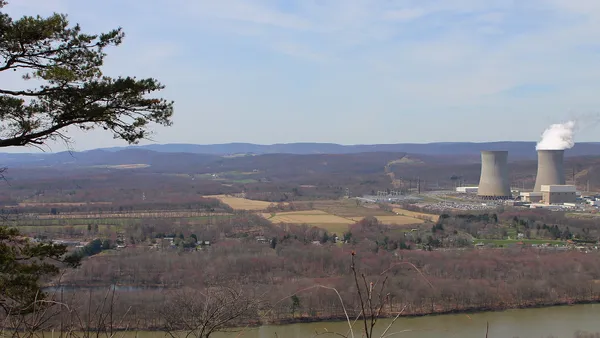Dartmouth College has big energy goals for a small institution that still relies on heating oil to stave off the winter chill.
To warm its campus more efficiently, the college wants to change how it generates and distributes that heat. It's a complex topic — and a far cry from designing and delivering academic curriculum. But it's also central to the college's sustainability priorities, which include getting half of its energy from renewable sources by 2025 and all of it by 2050.
To address those needs, Dartmouth is looking off-campus for help build and run a new system. In doing so, it joins a growing number of colleges and universities to tap the private sector for help optimizing their utilities.
The idea of partnering with an organization that specializes in a single piece of campus operations isn't a new one. Colleges have long done so for services such as dining, laundry and the bookstore.
But the relationship has taken a novel turn, leading to more recent deals in domains that sit just beyond colleges' core academic missions, such as managing online learning programs and building and running energy infrastructure.
"A lot of universities are asking themselves, 'Why are we in the business of owning and running our own power plants? That's not our bread and butter,'" said Ritu Kalra, head of the western region and higher education in Goldman Sachs' public sector and infrastructure finance division.
Partnerships grow on campus
Partnering helps colleges preserve capital for academics while tapping into specialists' technical expertise for efficiency. Partners, meanwhile, are drawn by the higher education sector's reputation for economic stability. The term "P3" is used loosely to reflect the range of relationships between private companies or joint ventures on the one hand and public or private universities on the other.
More colleges are taking this approach as they stare down financial pressures from reduced state support and calls to moderate tuition increases, analysts say. Other drivers include the need for help following through on commitments to reduce their carbon footprints and making often overdue improvements to campus infrastructure.
Dartmouth hopes working with a partner will lower the project's cost in the long run and make it easier to maintain, said Josh Keniston, the college's vice president for institutional projects.
"We have some highly qualified folks that work for us internally that manage our assets now, but their job is not to create new things every day," he said. "Their job is focused on doing a really good job of maintaining what we have."
Addressing that mix of factors will require ample capital. And although fundraising has been a fruitful tactic for colleges in recent years, "it's really hard to get gifts for underground pipes or for the power plant," Kalra said.
Enter the partner. Eighty-three percent of college leaders said the use of P3s was increasing on their campus, according to a survey earlier this year from The Chronicle of Higher Education and George Mason University.
Campus facilities and infrastructure was the top area of interest for colleges partnering with a private company, with over half of the 249 respondents saying so. (That doesn't include student housing.) Securing capital for current assets, including energy, ranked third.
Utility P3s "will proliferate" during the next few years as colleges work more quickly to replace utility infrastructure, according to a report from Moody's Investors Service earlier this year. In a separate report, S&P Global analysts noted that institutions have begun using P3s for energy projects, too.
Yet the area is nascent compared to more mature partnerships, such as for student housing, said Jessica Wood, senior director and education sector lead at S&P Global.
Different approaches
Today, Dartmouth keeps its campus warm with a system that runs on fuel oil and generates high-pressure steam that is distributed throughout 26,000 feet of pipe across 119 buildings. In a request for qualifications posted online, the college explains that it wants to replace the system with one that uses renewable energy and heats the school with hot water, not steam.
Most higher ed energy partnerships, like Dartmouth's, focus on developing or redeveloping a single utility, said John Medina, an analyst at Moody's. After all, it may be easier for internal stakeholders to rationalize bringing in a third party when they're addressing an obvious need, such as an aging facility that must be updated.
Another approach involves institutions effectively leasing out an existing system or several systems to private companies that will operate them in exchange for a hefty upfront payment. The college then makes regular payments to the partner, which invests in the project.
Ohio State University's 50-year contract with an energy company and investment firm to run its utility system is the most common example of that approach. The university received $1.1 billion at the outset, which included funding for academics as well as energy-related research and facilities. In exchange, it pays its partner annually, including a $45 million fee that grows with inflation, as well as other fees for operations and capital investments in the project.
That trade-off helps Ohio State fulfill its academic mission while making a massive investment toward its sustainability goals, said Rob Messinger, a university spokesperson. "Instead of spending (our capital) on infrastructure, we do pay it back in terms of annual fees but not in terms of our upfront capital costs," he said.
In Dartmouth's case, the college and partner look at the costs and other risks associated with building the system and operating it upfront, helping them better understand the project from the start. Ohio State's arrangement is more akin to a long-term relationship a college would have with any other utility, Medina said.
What's more, while Ohio State's deal yields investment funds that it is funneling into academics, Dartmouth isn't looking to capitalize its system, Keniston said, though the eventual deal could include research partnerships.
Follow the leader
While Ohio State's was not higher ed's first energy P3, its size turned other institutions onto the idea that they could make money off noncore assets. Other universities that are now exploring P3s include the University of Iowa, Syracuse University and California State University, Fresno.
"[W]hen one university does it, the other ones are interested because it's innovative," Medina said, noting that the price an institution can demand is relative to its scale.
Several factors influence how institutions and their partners proceed. Among them, Moody's analysts note in their report, are:
- The scope of infrastructure involved.
- The variability of demand.
- The level of performance required.
- The university's creditworthiness.
The more critical a utility is to a university's operations, the higher the risk around the project. For example, in their report, Moody's analysts give an example of a system that provides around-the-clock steam heat and chilled water to a university medical campus. To help prevent service disruption in the event of bad weather, the partner built additional infrastructure to protect against flooding and implemented storm-tracking systems.
Risk transfer is a big reason colleges choose energy P3s, "and you have to get that right," Goldman Sachs' Kalra said.
"A lot of universities are asking themselves, 'Why are we in the business of owning and running our own power plants? That's not our bread and butter.'"

Ritu Kalra
Head of the western region and higher education, Goldman Sachs' public sector and infrastructure finance division
Based on those criteria, P3s can be set up in a few ways.
Best-known is the availability payment structure, in which an entity like a university finds a private-sector partner to design, build, operate and maintain an asset for a set period of time. The university pays a known, though not fixed, amount to cover certain aspects of the arrangement, like operations and debt service. And because those payments could decrease if performance weakens or the service is unavailable, the partner is incentivized to improve efficiency.
Another approach is akin to what's used for toll roads and some forms of student housing. In that case, the private company recoups its investment in the project by charging user fees.
Many P3s, however, combine elements of those two approaches, with the college making fixed and variable payments for certain services and capital reinvestments.
But universities don't go lightly into these often decades-long contracts, which is why arrangements like Ohio State's include a major upfront payment from the partner followed by ongoing oversight from the university and fees paid to the partner for upgrades.
Medina sees a growing interest among universities in the first option, but the third approach remains the most popular, in part due to the unique nature of each relationship. Dartmouth has not yet decided how it plans to structure the payment for its P3 but said it is exploring these models.
Picking a partner
As the energy sector evolves, keeping up can be a challenge for college leaders. And P3s' long timelines — Ohio State's contract is 50 years, and Dartmouth's is expected to be 30 — makes careful selection of partners key.
S&P's Wood encourages colleges to do their due diligence when selecting a partner and ironing out the details. For instance, how easily could a new partner be substituted in if the old partner backs out or goes out of business? Can new technologies be introduced as they become available?
Getting buy-in from the campus community is also critical. Ohio State's deal allowed it to retain control over several factors, including the type and price of energy it purchased. That was important to faculty, students and staff, Messinger said, as were the funds from the partner for academics.
Being able to demonstrate that the deal yields tangible investments in the school's academic mission was "essential" to gaining their support, he added. "(They) want to know that if we're making a change, the end result will be that the university is a stronger place."
At Dartmouth, Keniston expects the new system will yield a 20% improvement in energy efficiency in the next decade — marking a big step toward its campuswide sustainability goals.
College officials think the solution could include a biomass facility that burns wood for energy, along with liquid biofuel as a backup on the coldest days. But it is counting on prospective partners to come to the table with their own innovative ideas for generating, distributing and converting heat when it puts out its request for proposals early next year.
"There's a dynamic back-and-forth of working with the market to understand where their expertise lies," he said, "and how do we best apply that."























